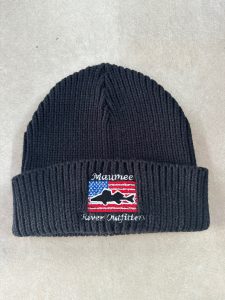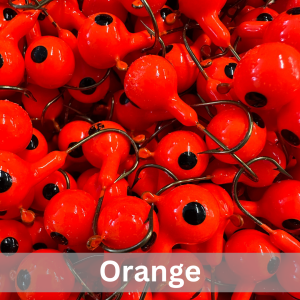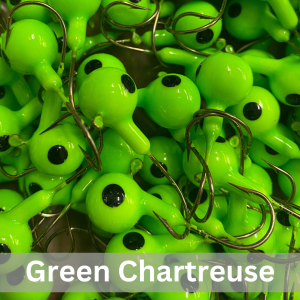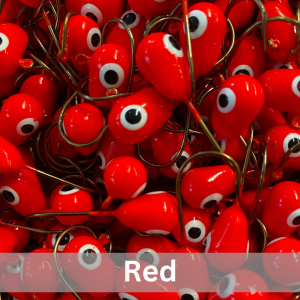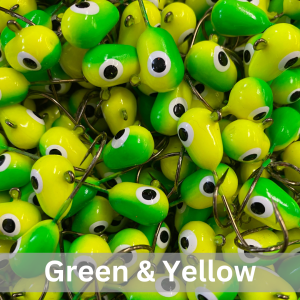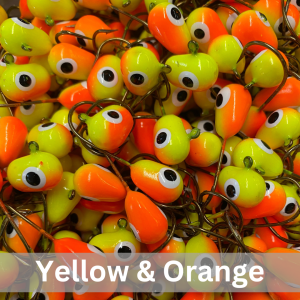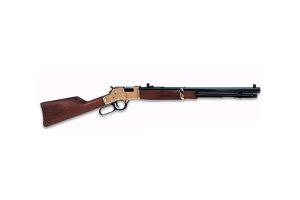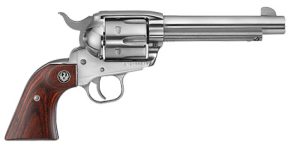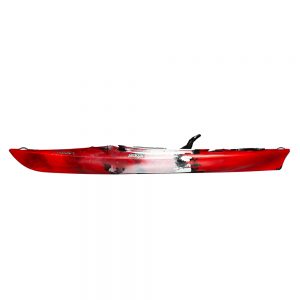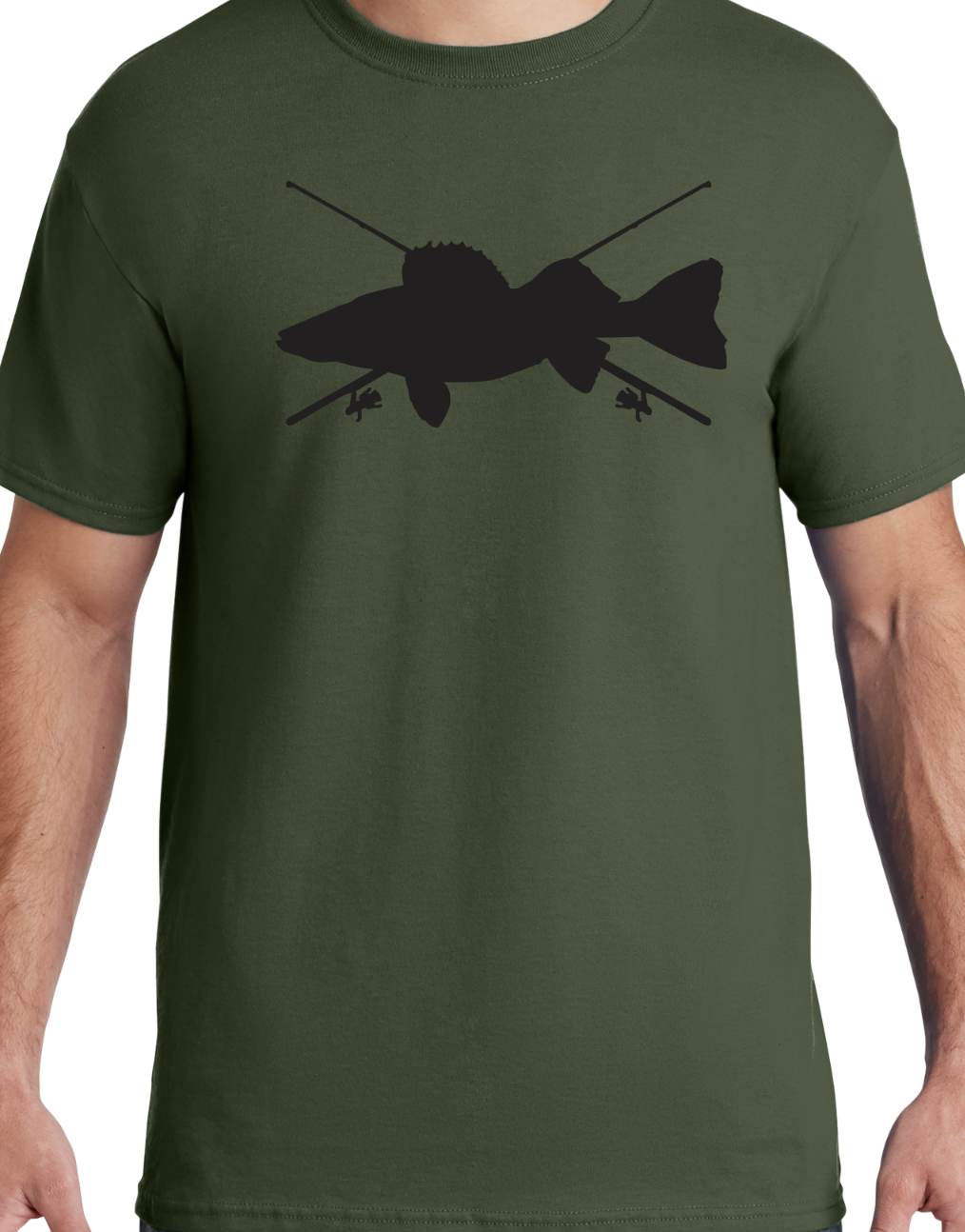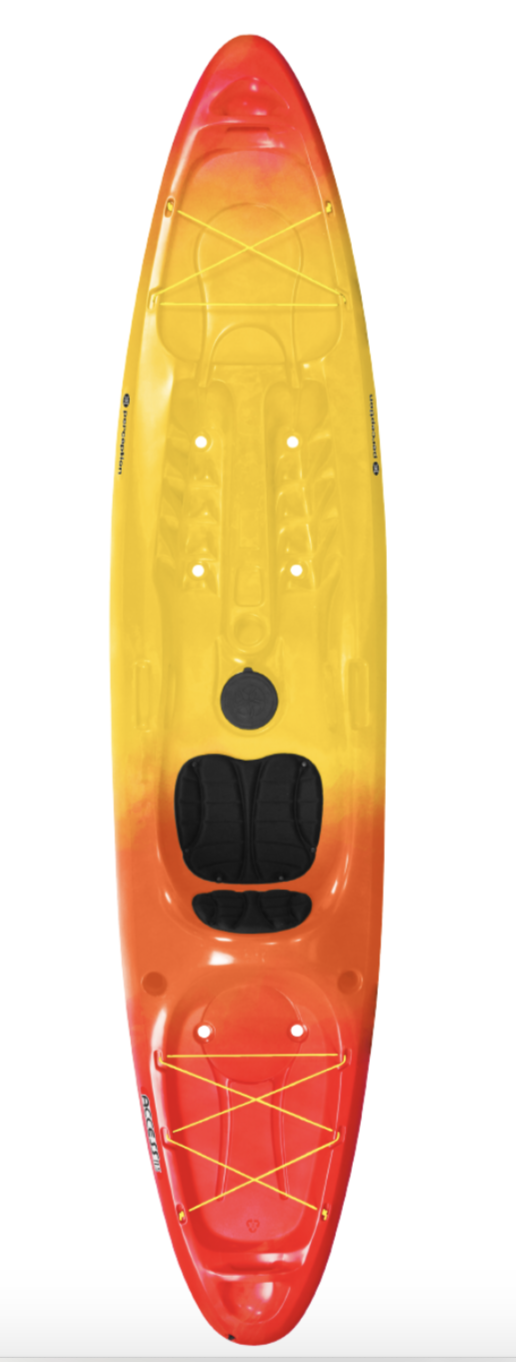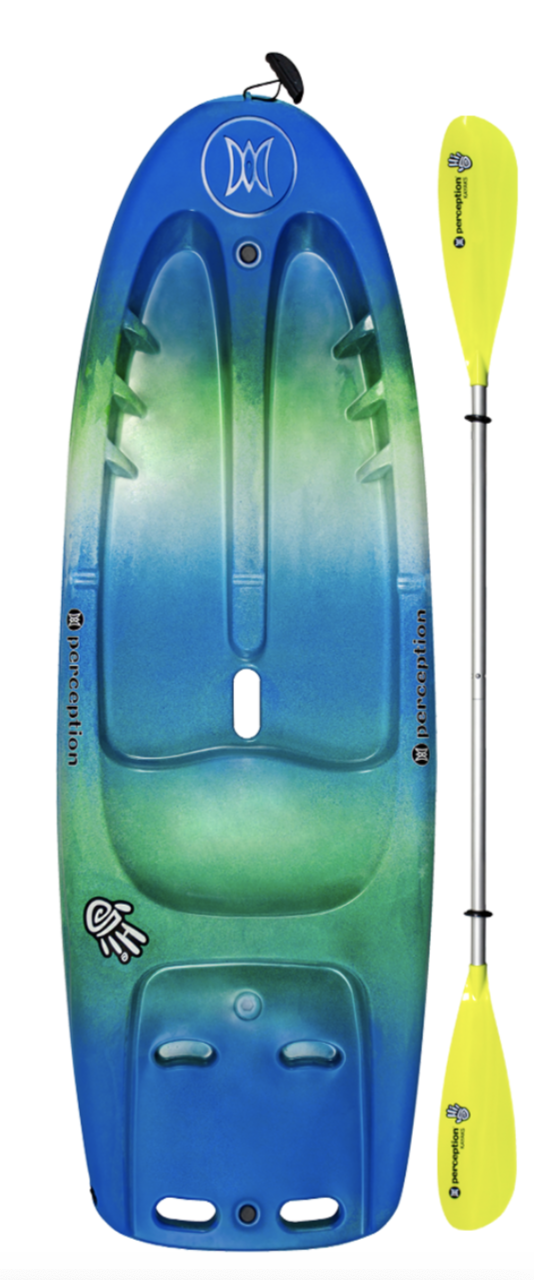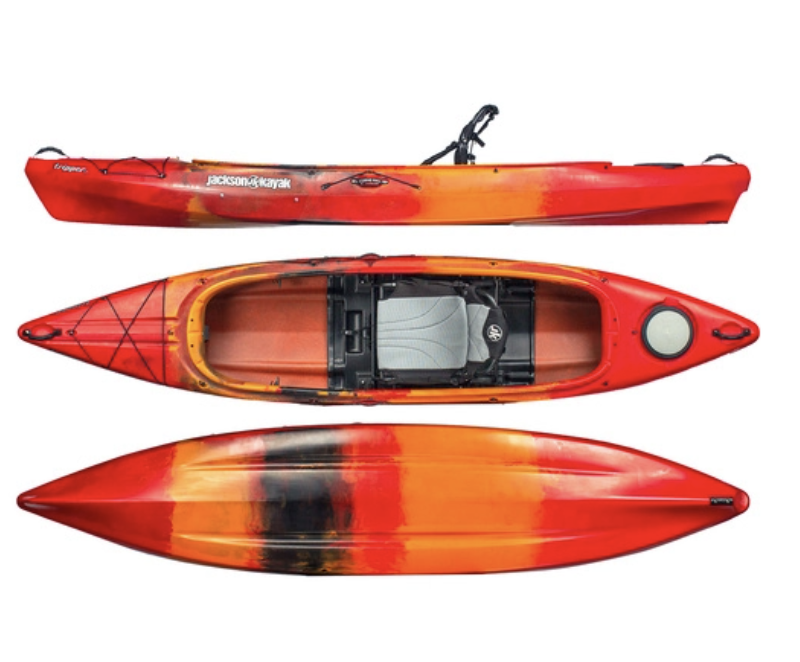
Water Level
586.5--crested and slowly dropping
Water Temperature
38 degrees
Barometric Pressure
30.26
Water Clarity
2-3 inches
JACKSON BLUESKY 360 PRO-FEATURED ABOVE -2 On the way next month.
The river crested yesterday and is slowly beginning to drop. We got about a half inch of snow last night which wont affect much and the winds are relatively calm. High water fishing: If you venture out today to test your luck , skills and gear here is a small tip that I talk about consistently during high water conditions. FISH CLOSE TO SHORE. Work the eddys and current breaks. Those fish are live animals and they can get tired swimming up stream against that heavy current . The current slows just enough close to shore to allow them to rest a bit and catch their breath, so to speak. A lot of walleye are caught with in 10-20 ft of shore in conditions like this. We didn’t see any caught the last few days (its early in the season and the water was raging) however, of the walleye caught last week some of them did look fresh from the lake -early runners.
As we approach spring we have all these randoms weather patterns swirling around the area. Rain, snow, sunshine ,heavy winds – and that can all be in a 24 hr period. With the barometric pressure it has more of an an effect than you think. Moon phase too.
How barometric pressure and spring storms affect fishing
Again -with theses storms and weather fronts swirling around the area the barometric pressure plays a big factor in triggering the bite. While that impending storm front might cause the fair weather angler without rain gear some discomfort, it can also trigger a hot bite. What many know , but don’t actually understand, is that it’s the changes in barometric pressure associated with good and bad weather that can turn the fish on and off .
The Good Times: As a storm system approaches, a low-pressure warm front rides up over the top of a high-pressure cold front, causing condensation to take place in the form of clouds. During the time the skies are clouding up, and right on through to the end of the storm, there is a slow and steady drop in barometric pressure that increases as the main body of the storm system approaches.Once the main body of the storm hits and moves through the area, rain, winds and sometimes thunder and lightning form along the frontal line. The pressure continues to drop until it bottoms out as the storm runs its course. The fishing should be good this entire time, although lightning and heavy rains on the water’s surface might spook fish.
The Bad Times: As the inclement weather moves out, the cold front a mass of heavier, denser, high-pressure air begins to move in behind the low-pressure system. The result is usually windy weather with clearing skies, dropping temperatures and a very sharp rise in barometric pressure. Large storms will bring in stronger, more powerful and sustained winds, along with a much steeper, higher rise in barometric pressure than smaller storm systems will. It’s this clear, windy weather following rainy low-pressure systems that anglers don’t like , because it usually brings fishing to a standstill.
STOCKED UP WITH A BIT OF EVERYTHING
Have fun , be safe and good luck fishing.

